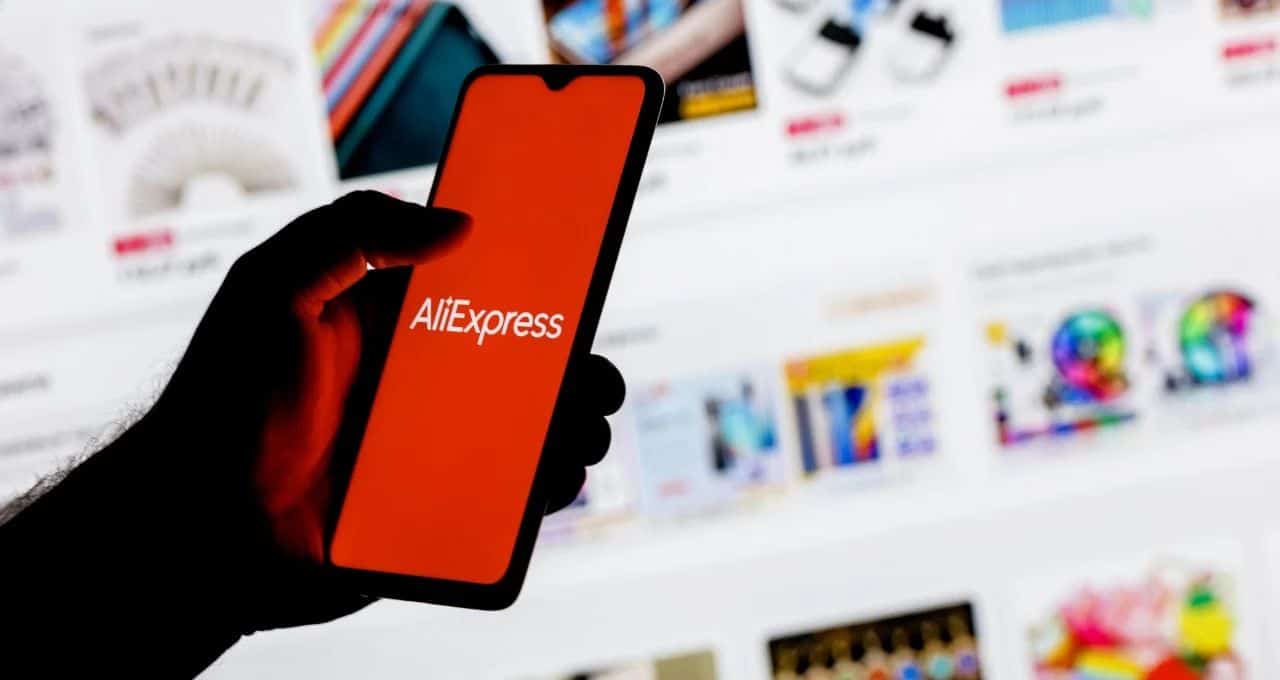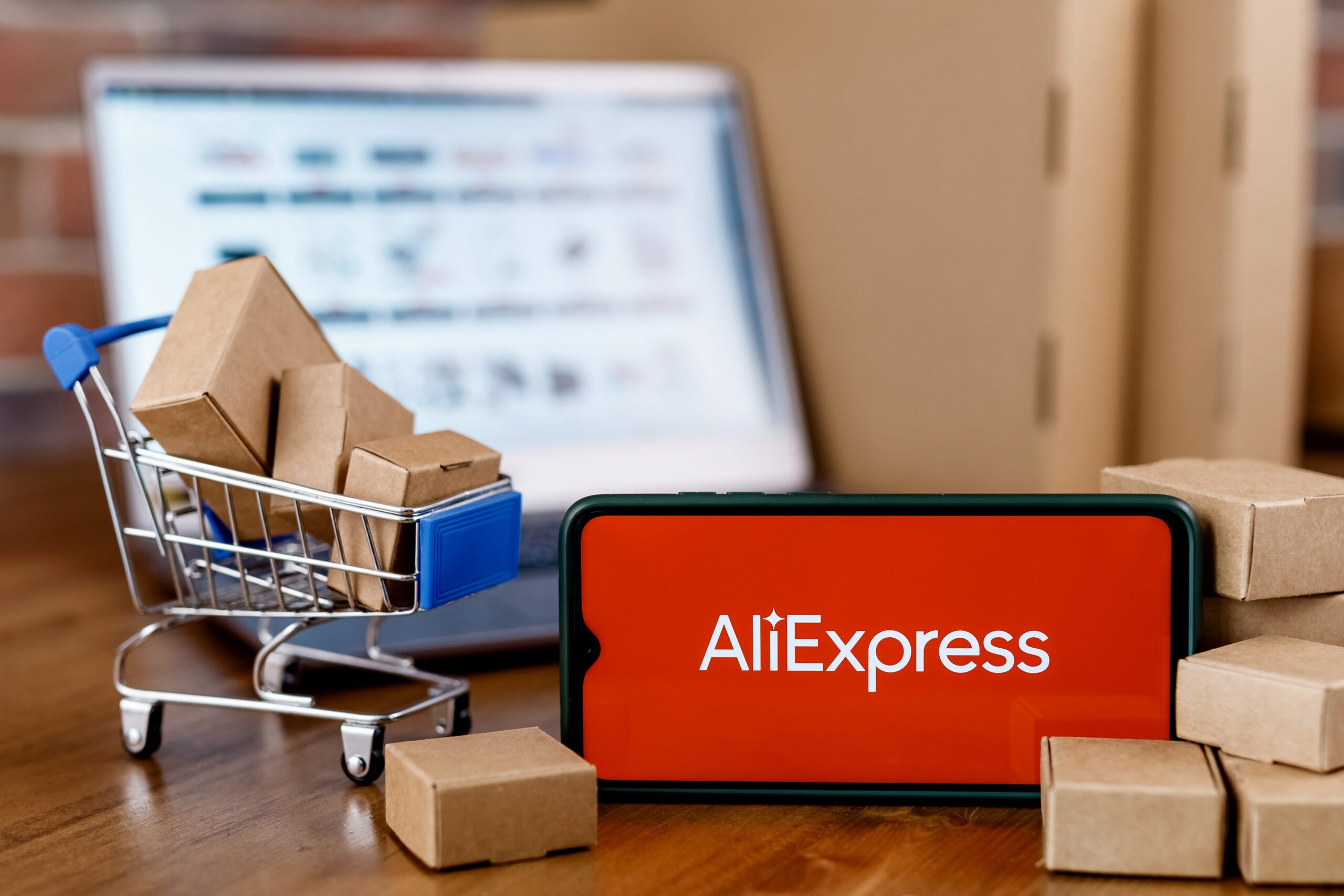What is copyright infringement process?

Copyright infringement can pose serious risks for creators and businesses alike. Understanding the process behind copyright infringement, its implications, and how to safeguard your work is crucial in today’s digital landscape. This article delves into the intricacies of copyright infringement, guiding you through the concept, the legal process, and strategies to both avoid infringements and respond effectively if they occur. By the end, you will be better informed on how to protect your creative endeavors and navigate the complexities of copyright law.
Understanding Copyright Infringement
Copyright infringement occurs when a copyrighted work is reproduced, distributed, performed, publicly displayed, or made into a derivative work without the authorization of the copyright owner. This can happen in various contexts, such as:
- Unauthorized use of images, music, or videos online.
- Copying text or literary works without permission.
- Modifying a copyrighted software program without authorization.
When a copyright owner believes their rights have been violated, they can initiate a process to address the infringement. Understanding this process is vital for both rights holders and those engaging with copyrighted material.
Key Terms in Copyright Infringement
Before diving into the infringement process, it’s essential to familiarize yourself with some key terms:
- Copyright: A legal right that grants the creator of original works exclusive rights to their use and distribution.
- Fair Use: A doctrine that allows limited use of copyrighted material without permission for specific purposes, like criticism, comment, news reporting, teaching, scholarship, or research.
- Public Domain: Creative works that are not protected by copyright and can be freely used by anyone.
- Derivative Work: A new work created by modifying an existing copyrighted work.
The Copyright Infringement Process
The process of addressing copyright infringement typically involves several key steps:
Step 1: Identification of Infringement
The first step in the copyright infringement process is identifying that an infringement has occurred. This can involve:
- Monitoring the distribution of your work online.
- Using plagiarism detection tools to find unauthorized copies.
- Receiving complaints from users or followers about unauthorized uses.
Step 2: Collect Evidence
Once you identify a potential infringement, you need to gather evidence. This may include:
- Taking screenshots of the infringing material.
- Documenting the URLs where the infringement is occurring.
- Recording dates and times of when you discovered the infringement.
Step 3: Assess the Situation
Before taking action, assess whether the use constitutes copyright infringement. Consider factors such as:
- Is the work protected by copyright?
- Was the work used without permission?
- Does the use fall under the “fair use” doctrine?
If you believe that the use is infringing, you can proceed to the next steps.
Step 4: Contact the Infringer
In some cases, it may be beneficial to reach out to the infringer directly. This can involve sending a cease and desist letter, which should include:
- A clear identification of the copyrighted work.
- A description of the infringement.
- A request for the infringer to stop using the work.
Many infringements can be resolved at this stage without further legal action.
Step 5: Formal Legal Notice
If the infringer does not respond to your communications or refuses to cease their infringing activities, the next step is to send a formal legal notice. This notice can include:
- Notice of copyright registration (if applicable).
- Requests for removal of infringing material.
- Potential legal actions that may follow if the infringement continues.
Step 6: Filing a Lawsuit
If all attempts to resolve the issue amicably fail, you may consider filing a lawsuit. This process includes:
- Filing a complaint in the appropriate court.
- Bearing the costs associated with legal fees and court expenses.
- Proving your ownership of the work and the infringement.
It’s highly recommended to seek legal counsel specializing in copyright law before proceeding with this step.
Common Defenses Against Copyright Infringement
When faced with a copyright infringement claim, various defenses may be employed, including:
- Fair Use: Arguing that the use of the copyrighted material falls under the fair use doctrine.
- License: Demonstrating that permission was granted to use the copyrighted material.
- Public Domain: Proving that the work is not protected by copyright.
How to Protect Your Copyrighted Works
Preventing copyright infringement is a proactive process that involves the following actions:
Register Your Copyright
While copyright protection is automatic upon the creation of a work, registering it with the U.S. Copyright Office offers added legal benefits, including:
- Legal presumption of validity.
- Ability to sue for statutory damages.
- Protection against unauthorized use.
Watermark Your Work
Applying a watermark to your digital creations can deter unauthorized use and help establish ownership.
Use Copyright Notices
Including © notices on your works can inform others about your ownership and the protection of your material.
Education and Awareness
Educate potential users about copyright laws and proper attribution methods to minimize the risk of infringement.
Conclusion
Understanding the copyright infringement process is essential for content creators, businesses, and anyone involved in the creative industry. By effectively managing copyright, taking preventive measures, and knowing how to respond to infringements, you can protect your creative efforts. Whether you are an artist, writer, or entrepreneur, safeguarding your work is crucial in maintaining your rights and ensuring the integrity of your creative output.

LINK:
“`html
Understanding the copyright infringement process is essential for creators and consumers alike. Copyright infringement occurs when someone uses a copyrighted work without permission from the copyright owner. This process involves several stages, including identifying the infringement, gathering evidence, sending a demand letter, and potentially pursuing legal action. Knowing your rights and the steps involved can help protect your creative work and ensure fair use of others’ intellectual property.
Frequently Asked Questions
What constitutes copyright infringement?
Copyright infringement occurs when a work that is protected by copyright is used, reproduced, or distributed without the owner’s permission. This could include unauthorized copying, performance, or public display of the work.
How can I identify copyright infringement?
To identify copyright infringement, look for unauthorized uses of your work, such as someone using your images, text, or music without permission. Additionally, search for similar works that may closely mimic your original creations.
What steps should I take if I suspect infringement?
If you suspect copyright infringement, start by documenting the infringement, including dates, copies of the work, and how it is being used. Next, consider contacting the infringer directly or consulting a legal professional for guidance.
What is a demand letter?
A demand letter is a formal request sent to the infringer, outlining the specifics of the copyright infringement and requesting them to cease their unauthorized use. It may also include a demand for damages or other remedies.
Can I sue for copyright infringement?
Yes, you can sue for copyright infringement if you can prove your work is protected by copyright and that the infringer has used it without permission. Legal action can result in a court order, damages, or settlement outside of court.
Conclusion
In conclusion, understanding the copyright infringement process is crucial for safeguarding your intellectual property. By recognizing infringement, taking appropriate steps, and possibly pursuing legal action, you can protect your rights and creativity in today’s digital landscape. Always stay informed about your rights and consider seeking legal advice if needed.
“`


